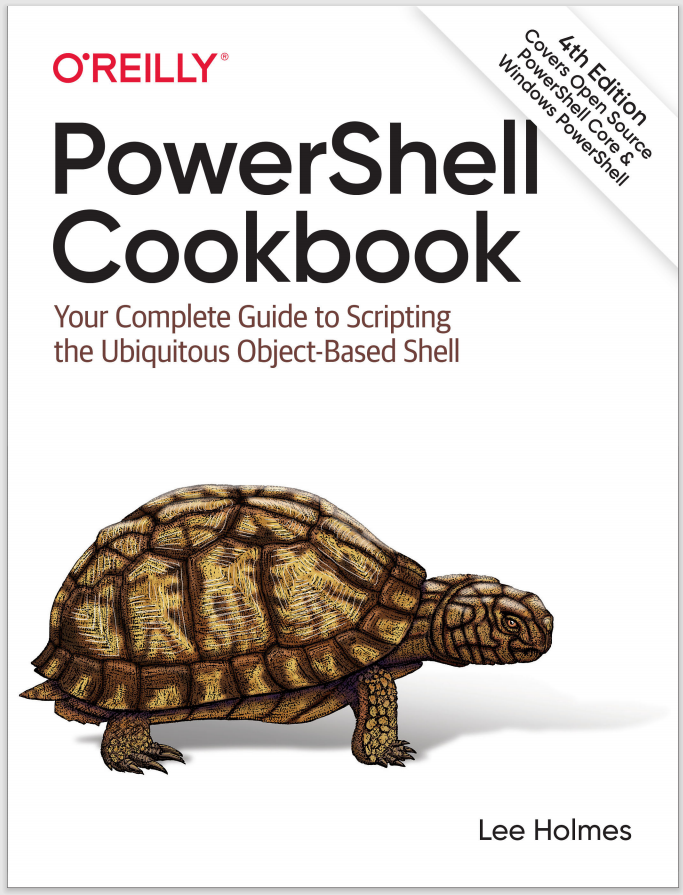Discussion
Like in most other languages, arrays in PowerShell stay the same length once you create them. PowerShell allows you to add items, remove items, and search for items in an array, but these operations may be time-consuming when you’re dealing with large amounts of data. For example, to combine two arrays, PowerShell creates a new array large enough to hold the contents of both arrays and then copies both arrays into the destination array.
In comparison, the ArrayList class is designed to let you easily add, remove, and search for items in a collection.
Note
PowerShell passes along any data that your script generates, unless you capture it or cast it to [void]. Since it is designed primarily to be used from programming languages, the System.Collections.ArrayList class produces output, even though you may not expect it to. To prevent it from sending data to the output pipeline, either capture the data or cast it to [void]:
PS > $collection = New-Object System.Collections.ArrayList
PS > $collection.Add("Hello")
0
PS > [void] $collection.Add("World")
If you plan to add and remove data to and from an array frequently, the
System.Collections.ArrayList class provides a more dynamic alternative.
For more information about working with classes from the .NET Framework, see Recipe 3.8.
